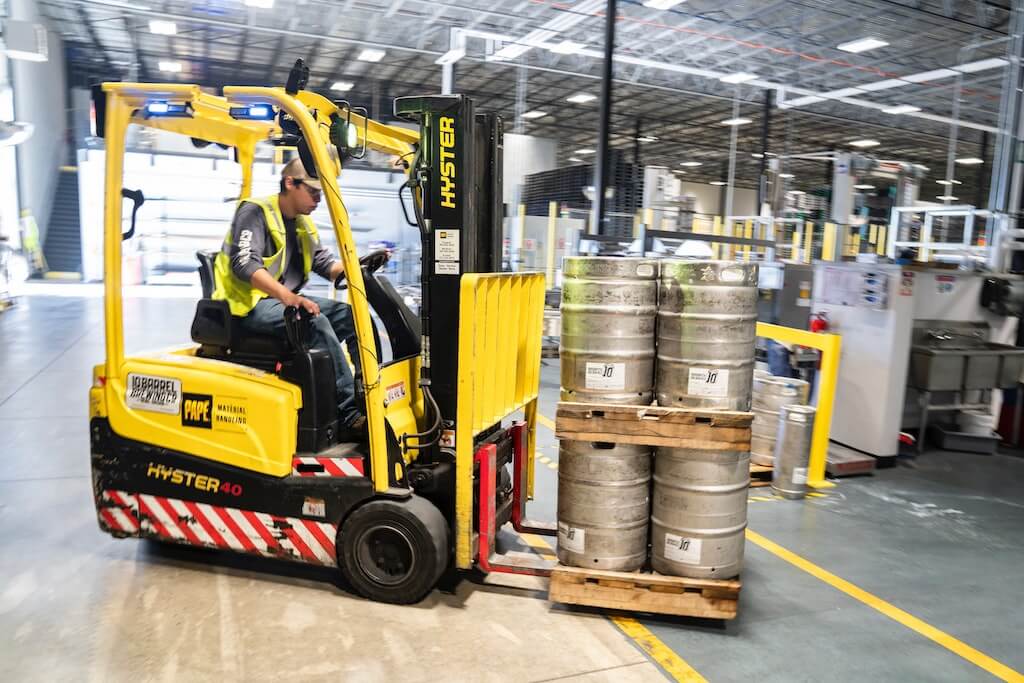Product Lifecycle Management (PLM) has come a long way from its humble beginnings. Just a decade ago, “PLM system implementation” was synonymous with “cumbersome custom software project.” Customers would get the results they wanted at the time, but it was rarely the result they needed — and these systems would often cost millions.
The cost coupled with the time required to implement a PLM system resulted in companies who could benefit from PLM — not even attempting to implement the system. Those who did implement and then migrate data from their incumbent systems found that their business processes quickly grew out of these customized solutions as their products matured and/or their businesses evolved.
Today, PLM faces some of the same problems, though improvements have been made. The software is more flexible, thus being able to more easily support the immediate and changing needs of companies. Customers see PLM solutions as valuable assets worth capitalizing on and expect their system to encompass inclusive roadmaps that extend to all departments within the company including, but not limited to — engineering, manufacturing, aftermarket and even marketing.
It’s nice to revel in the distance PLM has gone — but predicting where the industry is going is what’s truly exciting.
Goodbye Siloed Departments
Even though many companies are beginning to expand PLM capabilities to other departments, there is vast room for improvement.
In the future, companies will find it more efficient and effective to capitalize on the capabilities of PLM solutions — incorporating them throughout the entirety of their businesses. While select producers may keep aspects of organizational silos — which are considered benign by some — they will completely eliminate data silos which are detrimental to a producer’s progress.
A lack of complete transparency into the product development process hinders the ability of stakeholders from various teams to locate, analyze, and work with the data they need. Without access to the production process, field usage, and corresponding data, these stakeholders may not be able to form an accurate depiction of product insights.
Soon, companies will ensure each and every team from engineering to marketing is incorporated into a single PLM system. Seamless access for all departments will minimize miscommunication and misunderstandings. This will reduce wasted time, improve product quality, and drive further innovation.
Although producers are offered this capability now, it will be common to take full advantage of it in 2023.
Data Visualization Will Rise To New Heights
Many PLM solutions convey information via dense text supplemented with visualizations such as tables, tree-structures, drawings, and charts. The future of PLM will leap ahead of one-dimensional and even two-dimensional depictions.
Instead of text-based and 2-dimensional assembly documents (i.e. drawings), nearly every aspect of PLM systems will be visual. In fact, most everything will be depicted in three-dimensional graphics.
Advanced visualization will be imperative to most industries — especially as products become smarter thus becoming more complicated. As PLM blogger Oleg Shilovitsky notes, “Engineering and manufacturing [will] need to handle new, complex, multidisciplinary problems related to a combination of mechanical, electronic, and software pieces.” Three-dimensional visualization and the breakdown of organizational silos will contribute to efficient resolutions of new manufacturing issues which are increasingly complex.
As we pass 2023, augmented reality and virtual reality — already of great interest to PLM experts today — will begin to take over. What is already possible will become the norm. Businesses will use these tools to test run products before they’re physically available. Thus, PLM will allow businesses to cut down on manufacturing and other post-production errors.
Adaptability Will Be The Name Of The Game
As of January 2018, 77% of Americans own smartphones. While that may not be surprising given the frequency that we see people on their phones, smart devices have permeated our homes as well — 55% of U.S. internet users own some sort of smart-home technology. This number is only projected to increase.
With so many physical items connected to the internet, the IoT (Internet of Things) will become an increasingly central aspect for the future of PLM. Product developers will have access to real-time and real-world data about product performance and will need to be agile enough to make adjustments and updates in response to on-the-fly problems and opportunities.
Unlike the PLM solutions of old, which companies outgrew after a short time, future PLM solutions will have the ability to change and grow as customers do.
The Future of PLM is Promising
Many aspects of Product Lifecycle Management in 2023 will build on what see today. Elimination of organizational and data silos, enhanced visualization, and extreme adaptability are all goals of the industry today — fully achieving these goals is the future.
Current PLM technology and the long-term vision are aligning. We are at a crucial point where we are starting to experience what PLM promised decades ago. You need to know where to turn to unlock the potential for the future of PLM. Contact us to learn more about how we can help guide you to a perfect fit solution. You can also access our report, “PLM & the Digital Enterprise” to further understand how PLM can enable your company’s strategic initiatives.
